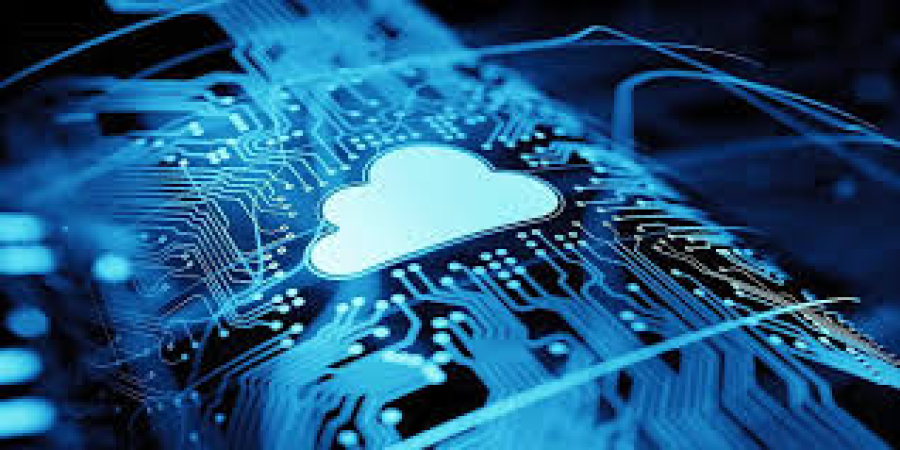Internet of Things (IoT) and Web Development: What You Need to Know
The Internet of Things (IoT) is transforming web development by enabling seamless connectivity between smart devices, applications, and the web. As IoT adoption grows, developers must integrate real-time data processing, security, and user-friendly interfaces to create dynamic and efficient IoT-based web applications. FreelancerBridge explores how IoT is reshaping web development and what businesses and developers need to know to stay ahead.
Long Description
The Internet of Things (IoT) is a network of interconnected smart devices that communicate and exchange data. From smart homes and industrial automation to healthcare and transportation, IoT-driven applications are revolutionizing industries. Web developers play a crucial role in building the platforms that manage, analyze, and display IoT-generated data.
To stay competitive, businesses and freelancers must understand how IoT impacts web development, security challenges, and the technologies required to build IoT-integrated websites and applications.
1. How IoT is Transforming Web Development
🔹 Real-Time Data Processing – IoT devices generate vast amounts of data that need to be processed and displayed in real-time.
🔹 Cloud Computing Integration – IoT applications rely on cloud storage and computing to manage large datasets.
🔹 Enhanced User Experience (UX) – Websites must be designed to interact with IoT devices, providing seamless control and monitoring.
🔹 Increased Automation – IoT-driven web applications automate tasks, improving efficiency across industries.
🔹 Security & Privacy Challenges – IoT systems must be protected from cyber threats and unauthorized access.
2. Key Technologies for IoT-Enabled Web Development
✅ APIs (Application Programming Interfaces) – APIs facilitate communication between IoT devices and web applications.
✅ WebSockets & MQTT Protocol – Used for real-time, low-latency data transmission between devices and web servers.
✅ AI & Machine Learning – Helps analyze IoT data to detect patterns, predict failures, and optimize performance.
✅ Edge Computing – Reduces latency by processing data closer to IoT devices instead of relying entirely on cloud servers.
✅ Progressive Web Apps (PWAs) – Enhances IoT applications with offline capabilities and seamless performance across devices.
3. Benefits of IoT in Web Development
✅ Improved Interactivity – Users can control smart devices directly from web-based dashboards.
✅ Scalability & Flexibility – IoT-based applications can scale easily with cloud and edge computing solutions.
✅ Better Decision-Making – Real-time data analytics help businesses make informed decisions.
✅ Automation & Efficiency – IoT-driven web applications reduce manual intervention and streamline processes.
✅ Enhanced Security Measures – Encryption, multi-factor authentication, and secure APIs protect IoT applications from cyber threats.
4. Challenges in IoT and Web Development
🔹 Data Security & Privacy – IoT devices generate sensitive data that require strong encryption and access controls.
🔹 Compatibility Issues – Ensuring different IoT devices communicate seamlessly with web applications.
🔹 Bandwidth & Performance – Managing high volumes of data efficiently without latency issues.
🔹 Development Complexity – Requires expertise in multiple technologies, including cloud computing, AI, and cybersecurity.
🔹 Cost & Infrastructure – Setting up IoT ecosystems may require significant investment in hardware and software.
5. Future Trends of IoT in Web Development
🚀 5G & IoT Expansion – Faster internet speeds will enhance real-time interactions between IoT devices and web apps.
🚀 Blockchain for Security – Decentralized networks will improve IoT data security and prevent unauthorized access.
🚀 Voice-Controlled Interfaces – IoT-enabled websites will support voice commands for smart home and business automation.
🚀 IoT & E-Commerce – Smart shopping experiences, automated checkout systems, and AI-driven recommendations.
🚀 More IoT-Based Web Applications – Healthcare, transportation, and industrial IoT solutions will continue growing.
Conclusion
The Internet of Things (IoT) is revolutionizing web development, making applications smarter, more interactive, and data-driven. Developers and businesses must adapt to the evolving IoT landscape by integrating real-time data processing, cloud computing, and security protocols into their web applications. FreelancerBridge encourages web developers to explore IoT-driven solutions to stay ahead in this digital era.


 by Emily
by Emily




